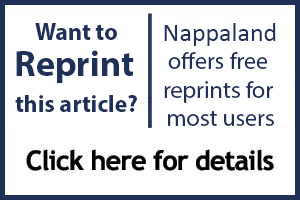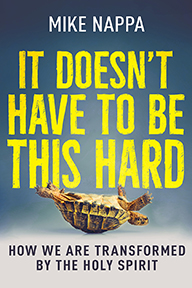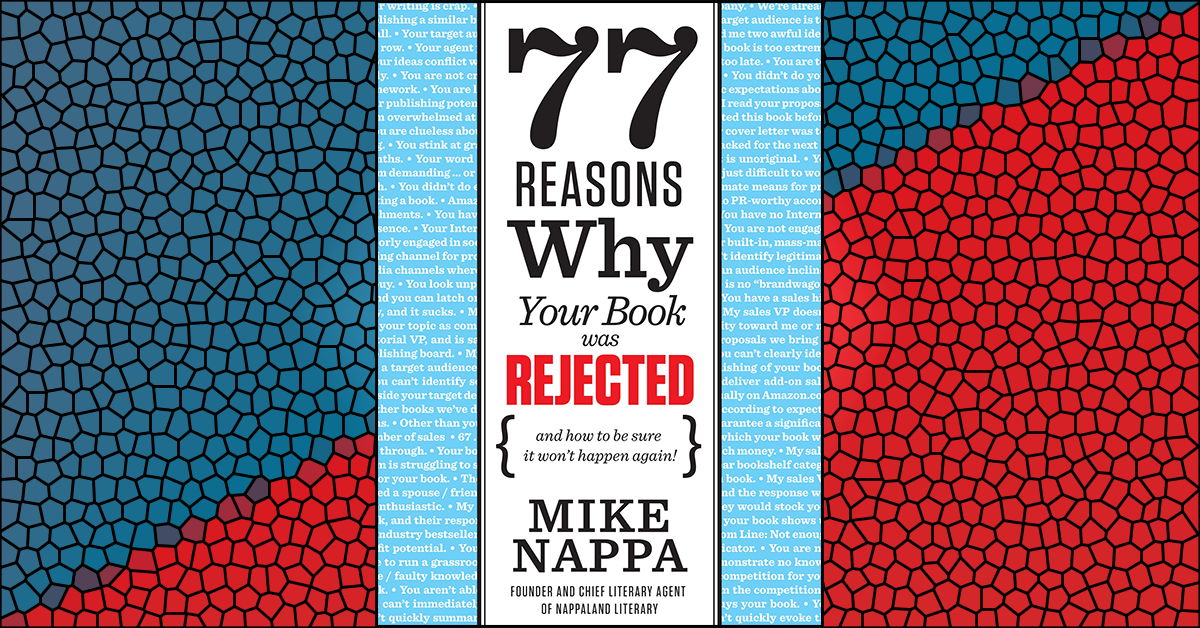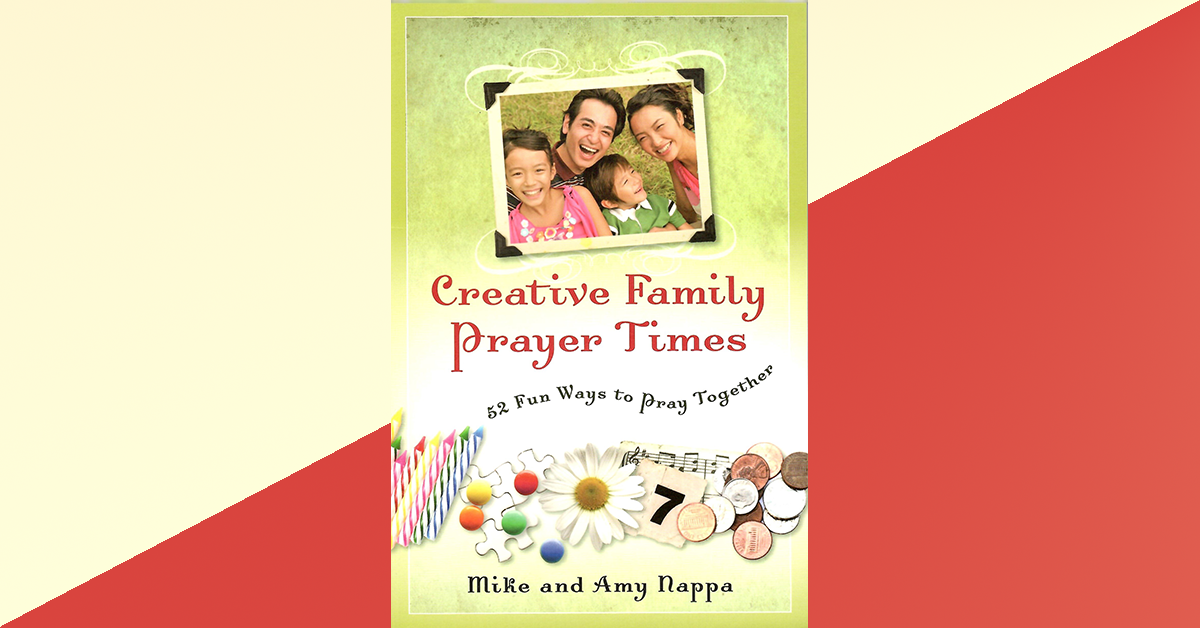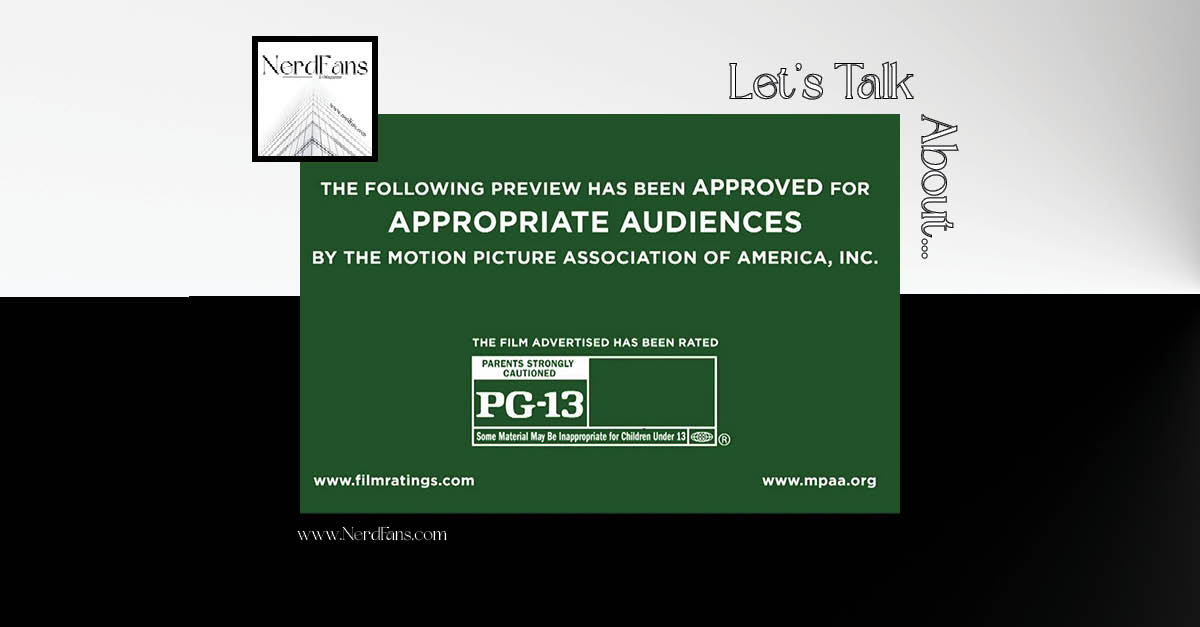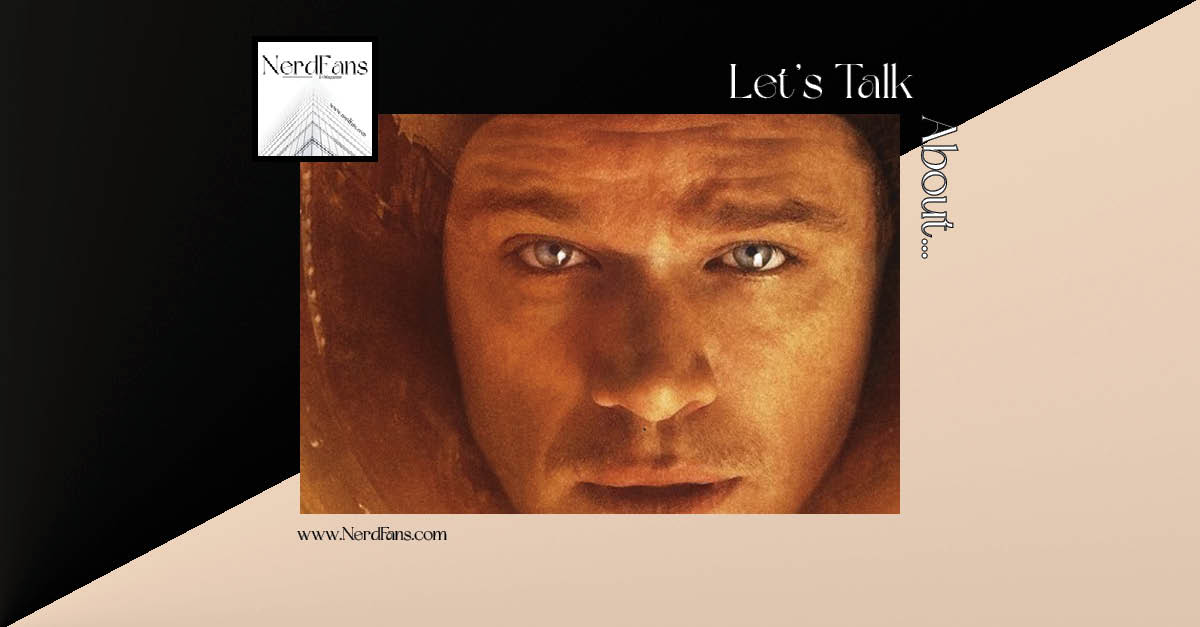A Marketing Team reason for rejection
Let’s suppose you’ve got a great new book manuscript that features 365 all-new, fun activities for families. Do you know what my Marketing VP is going to say about that?
“So what?”
And she’s right to ask. Why does your book matter to our readers? So what? This is the “what’s in it for me?” question every book buyer asks before tapping that debit card on the machine. That makes it the highest priority of any good Marketing VP—and should also make it a high priority for you when you’re creating the proposal for your book.
The big problem is that, while most authors know this is an important part of pitching a book, they don’t understand the difference between “features” and “benefits.” Don’t let yourself be one of those ignorant (or lackadaisical) people! If you can master the art of benefit-speak, you’ll make it very hard for any Marketing VP to ignore you.
At its simplest, a book’s “features” are anything it has. Its “benefits” are anything good it does for the reader.
Of course there are all kinds of nuances to that, and entire books have been written on this topic by people who are much smarter than I am. But for your purposes, if you can distinguish between what a book has and what it does, you’ll be off to a good start.
Here’s quick example of what I mean. Take that book we mentioned earlier, the one with fun ideas for families. Here’s what is has (its primary “feature”): 365 fun activity ideas for families. And here’s what it does (its “benefits”): 1) helps parents and kids enjoy being together, 2) builds friendships between siblings, 3) makes happy family memories…and so on.
You see the difference?
If not, don’t be surprised when you receive my rejection letter for your next book.
What You Can Do About It
1. Target identifiable benefits in one or more of the four basic categories.
OK, you should know that just about all benefits for a reader typically fall in one of the four categories below. So, when creating your benefits summary, make sure to target one or more of these areas:
• Personal. These are the things that promise to make a person feel better about himself or herself—promises of beauty, riches, spiritual growth, and so on. For instance, “Reading this book will make you so pretty your poo will smell like sweet perfume!”
• Social. These are the things that bring social satisfaction or interpersonal success—promises of fame, better family relationships, improved dating relationships, or anything that generates a positive response from peers. For example, “Read this book and soon you’ll be dating a woman whose poo smells like perfume!”
• Professional. These are promises of success at work, career prestige, ability to fast-track up the corporate ladder, improved job performance, and so on. “Read this book and your boss will be working for you tomorrow!”
• Noble. These are promises to benefit “the greater good,” or to bring moral and/or practical benefits for humankind or greater societies in general. “Reading this book will save the rainforest and cure cancer!”
2. Practice.
Sometimes it’s easier to learn how to distinguish features from benefits with products that are not books. So take a look around your living room or kitchen and practice.
That blender on the counter…what are its features? (For instance, durable base, clear plastic pitcher, low- medium- and high-speed settings, and so on.)
Now, what are its benefits? (It can make me a super-yummy smoothie! It can help me with my mixing experiments! It can make it easy to spatter food chunks on my ceiling!) You get the idea.
3. Read a beginner’s book about marketing copywriting.
The idea of features and benefits is the basic building block of any advertising copywriter’s career, and as such it’s almost always discussed in detail in any book about marketing copywriting. So if you still feel unsure about your ability to wow a Marketing VP with benefit-speak, go ahead and check out a book that deals with this topic in more depth. There are plenty of these kinds of books to choose from (just search Amazon.com for “marketing copywriting”), but the one I’ve found the most helpful in my own career is Robert Bly’s classic, The Copywriter’s Handbook.
Looking for more? Check out these links:


